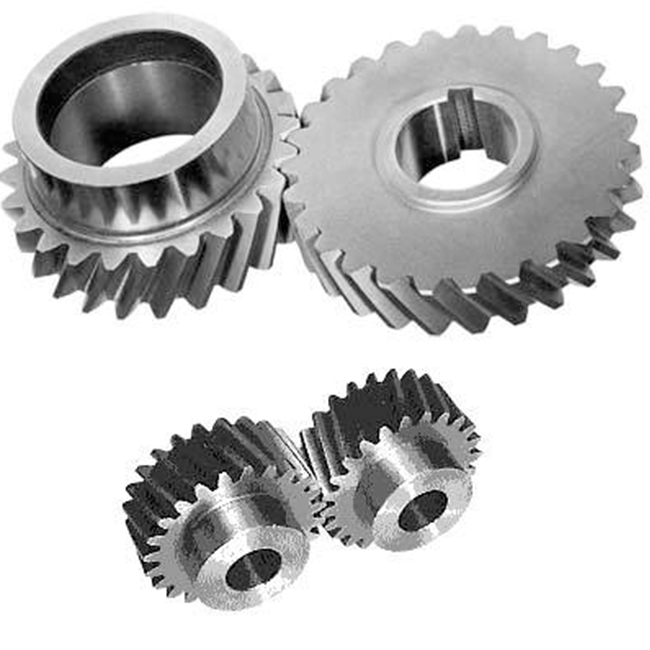
24 hours online support our customer.replacing a multi-lined selection of text.
Helical gears are power transmission components primarily used to decrease speed and increase torque between rotating shafts. Essentially, they can be split between two groups, those that transmit power between parallel shafts and those that transmit power between non-parallel shafts, commonly referred to as cross-axis gears. Although a helical gear in section view has the same involute tooth form as a spur gear, it is cut at an angle to the rotation of the gear blank. This angle is known as the helix angle. Helical gears are described here along with a discussion of their operation and common applications.
Considering the paper model again, it is easy to see each spur gear layer mating with its match slightly before the next layer makes contact, a distinction over spur gears where contact occurs at the same moment along the entire tooth face. Because the width of each tooth is longer, more teeth are in contact at any given time as well. Thus, the helical gears transfer loads more smoothly than spur gears do. This leads to greater load capacity, quieter running, and higher speed capability.
Helical gears can be configured either crossed or parallel, depending upon the application’s requirements. Mechanically speaking, parallel helical gears are better. This is because the helices meet at a tangent
